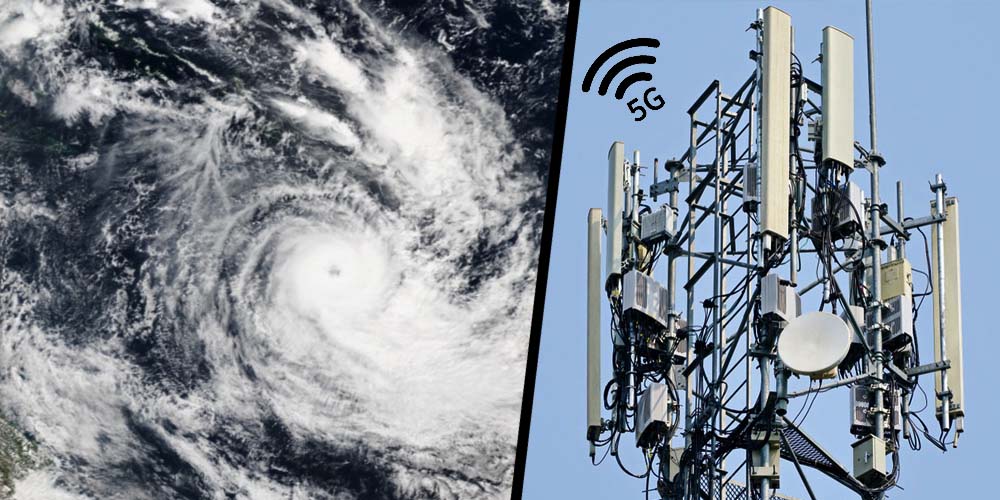
Global 5G wireless deal could degrade crucial satellite measurements of water vapour which threatens weather forecast system.
An article published in nature.com stated the international agency that regulates global telecommunications agreed to new radio-frequency standards on 21 November.
Meteorologists say the long-awaited decision threatens the future of weather forecasting worldwide by allowing transmissions from mobile-phone networks to degrade the quality of Earth observations from space.
According to the telecom companies, the 5G transmissions will involve many frequencies, but the key one under discussion is 23.8 gigahertz.
Meanwhile, Meteorologists ruled out that Water vapour in the atmosphere naturally produces a weak signal at this frequency, which satellites use to measure humidity.
Those data feed into weather forecasts. But if a 5G station is transmitting a signal near the 23.8-gigahertz frequency, a weather satellite might pick it up and interpret it as water vapour and that bad data could degrade forecasts.
Meteorologists also say that the problem is manageable, but only if there is enough of a noise buffer between the 5G transmissions and the water-vapour signal.
The buffer is measured in units of decibel watts, and is akin to a measure of how much you might turn down the volume of your stereo so as not to bother your neighbors.
In the run-up to the Egypt conference, meteorologists, the wireless industry and government regulators have been tussling about how to define an appropriate level of interference.
The WMO had been pushing for the biggest buffer, of –55 decibel watts. European regulators had settled on a less-stringent recommendation of –42 decibel watts for 5G base stations.
In the United States, the Federal Communications Commission had advocated a much looser restriction, at just –20 decibel watts — which would have allowed more than 150 times more noise than the European proposal.
“The race for 5G is going to go fast,” says Renée Leduc, a consultant with Narayan Strategy in Washington DC who works on spectrum-sharing issues. “In the early-to-mid-2020s we’re going to see a very quick uptick.”
Although more protections for Earth observations will take effect in 2027, “I’m still really concerned about the time period between now and then”, she says.
Even the stricter level is not enough to avoid interfering with water-vapour measurements, says Leduc. “Thirty-nine is still not where we need to be,” she says.
A study conducted by NASA and the US National Oceanic and Atmospheric Administration found that 5G base stations needed to transmit with a noise buffer of –52.4 decibel watts to protect the water-vapour observations.
Catch all the Sci-Tech News, Breaking News Event and Latest News Updates on The BOL News
Download The BOL News App to get the Daily News Update & Follow us on Google News.



